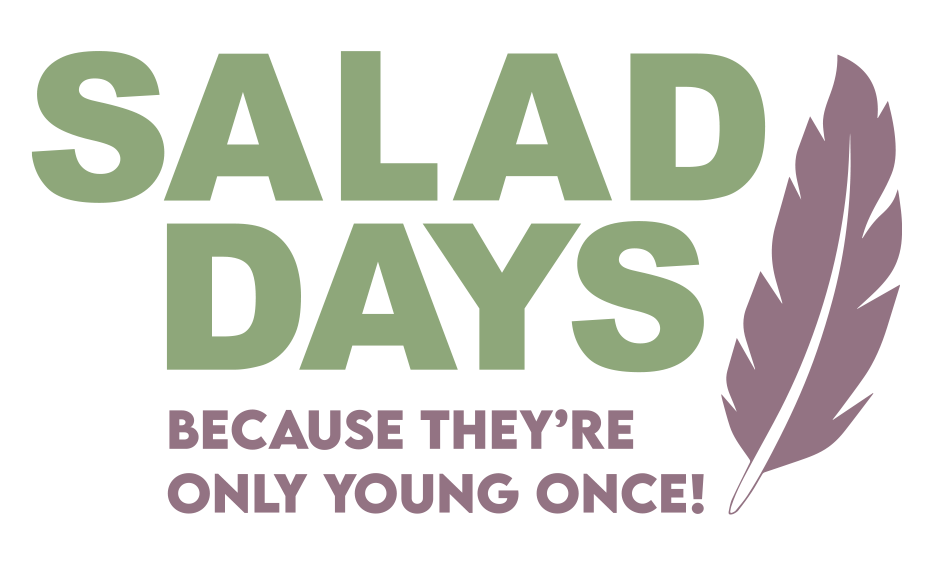What are the Pelvic Floor Muscles?
The pelvic floor is a group of muscles that form a supportive ‘hammock’ within the pelvis stretching from your pubic bone at the front of your body, to the base of your spine at the back.
Why are the Pelvic Floor Muscles so important?
This group of muscles support your bladder, bowel, uterus (womb), and walls of your vagina. When they are working well they can help give you control over the emptying of your bladder or bowel. Pelvic floor muscles that are strong, work properly and that are also able to switch off to rest are important for women of all ages as pregnancy, childbirth and hormonal changes after the menopause can make pelvic floor problems more likely.
When these muscles are not working well and are weak it is much harder for you to squeeze the muscles and sphincters at the bottom of your bladder and around your back passage which may mean that you accidentally leak a little wee or wind when you cough, sneeze or exercise. You may also find sex less satisfying with less sensitivity in your vagina and it’s possible for your uterus, bowel or bladder to push down against the walls of your vagina (prolapse).
Doing just a few pelvic floor exercises every day can help to treat bladder weakness or prolapse symptoms, and will help to prevent problems in later life.
How can pregnancy and birth affect the Pelvic Floor Muscles?
The hormonal changes and weight of a growing baby on your pelvic floor muscles during pregnancy can be enough to affect your pelvic floor muscles even if you don’t go on to have a vaginal birth.
During labour, your pelvic floor stretches to allow your baby’s head to pass out of the womb, and through your vagina which can leave the area feeling bruised, sore and swollen. The nerves that connect to your pelvic floor muscles may have also stretched which can make it difficult for messages to pass between your brain and pelvic floor in the early post natal period. Some ladies who have experienced a perineal tear or forceps delivery may feel particularly sore and struggle to engage these muscles.
If you have had a caesarean delivery, you may not feel as sore around the perineum as other ladies who have had a Vaginal delivery but your pelvic floor muscles may still have become weak during pregnancy. Some ladies will also struggle to engage those muscles initially because of the discomfort around the abdominal incision or they may have gone through a long labour affecting the pelvic floor muscles before the decision for a Caesarean was made.
In my experience, it is often the ladies who have had a Caesarean delivery who have pelvic floor weakness in subsequent pregnancies and as they get older. When you talk about pelvic floor exercise to this group of ladies it is not uncommon to hear that they did not think that they needed to do Pelvic Floor exercise postnatally because they thought that a Caesarean delivery ‘protected’ these muscles.
How should I do Pelvic Floor Exercises?
You can do the exercises in lying, sitting or standing, but I normally ask ladies to start in sitting. There are 2 different types of Pelvic Floor exercises – Quick and Slow – and it is important for a strong, healthy floor to practice both. DO NOT perform these exercises whilst having a wee – this is an outdated piece of advice which can lead to urinary retention and infection.
Quick Contractions
- Breathe in, and as you breathe out, gently draw your pelvic floor muscles up and in as if you are imagining trying not to wee or pass wind.
- Make sure that you are not clenching your bottom cheeks or squeezing your thighs together at the same time and then relax fully.
- Try to do five fast contractions in a row, gradually building to up to 10. Try to repeat this 6-8 times per day.
Slow Contractions
- Breathe in, and as you breathe out, gently draw your pelvic floor muscles up and in as if you’re trying not to wee or pass wind.
- Make sure that you are not clenching your bottom cheeks or squeezing your thighs together at the same time.
- Hold the squeeze for about four seconds or five seconds, while you continue to breathe in and out as normal and then relax fully before repeating. Aim to do a couple of these exercises every hour for the first couple of weeks of your training and then slowly build up to eight to 10 exercises, 6-8 times per day.
It’s also important to remember to tighten your pelvic floor muscles just before you cough, sneeze, laugh or lift. This is called ‘The Knack’ and will help to prevent accidental leaks.
It can take a while for these muscles to strengthen – but do persevere. It may take three months or more before you feel that you have control over your pelvic floor muscles. The hardest thing about doing Pelvic Floor exercises is remembering to do them….. They are not the most exciting of exercises! But before you invest in expensive gadgets to help with your pelvic floor muscle training (Such as the Kegel 8, Elvie Trainer or Perifit) get the NHS Squeezy App (www.squeezyapp.com) for £2.99. This great app will send you discreet reminders throughout the day to practice your pelvic floor exercises and you can even tailor your own programme to follow!
When should I get help with my Pelvic Floor Muscles?
Many ladies struggle to correctly engage the pelvic floor muscles or feel that they are performing them incorrectly. A Women’s or Pelvic Health physiotherapist will be able to give you an accurate assessment as to how strong or how well your pelvic floor muscles are working.
You should make an appointment with one of these specialist physiotherapists if:
- you struggle feel and engage the pelvic floor muscles well
- you are still leaking wee or struggling with your bowels.
- You feel a bulge or heaviness in the vagina which may be a prolapse.
- your perineum feels painful
Nicola Day is a locally Mummy who works as a Clinical Specialist Physiotherapist at Addenbrooke’s Hospital Cambridge and at South Cambridge Physiotherapy Practice (Private) in Hauxton. She offers ‘Postnatal Pitstop’ home visits around Saffron Walden and the surrounding villages and runs a monthly Mummy MOT ® clinic for Pelvic Floor and Abdominal assessments – Next clinic date: Saturday 8th January 2022.

For more information contact Nicola: hello@thecancerrehabphysio.com

